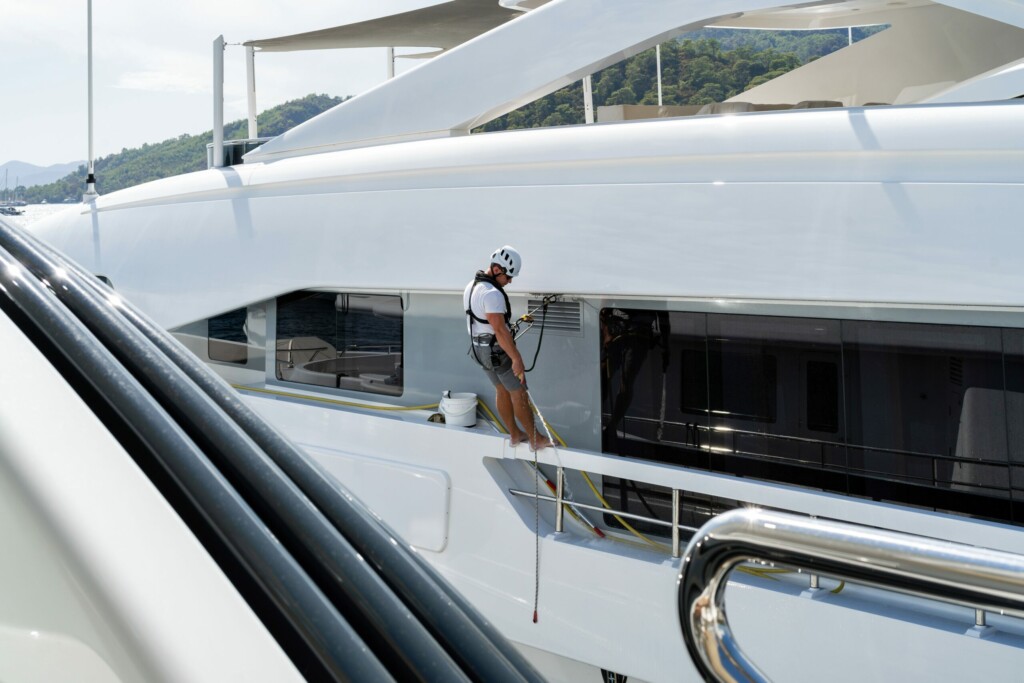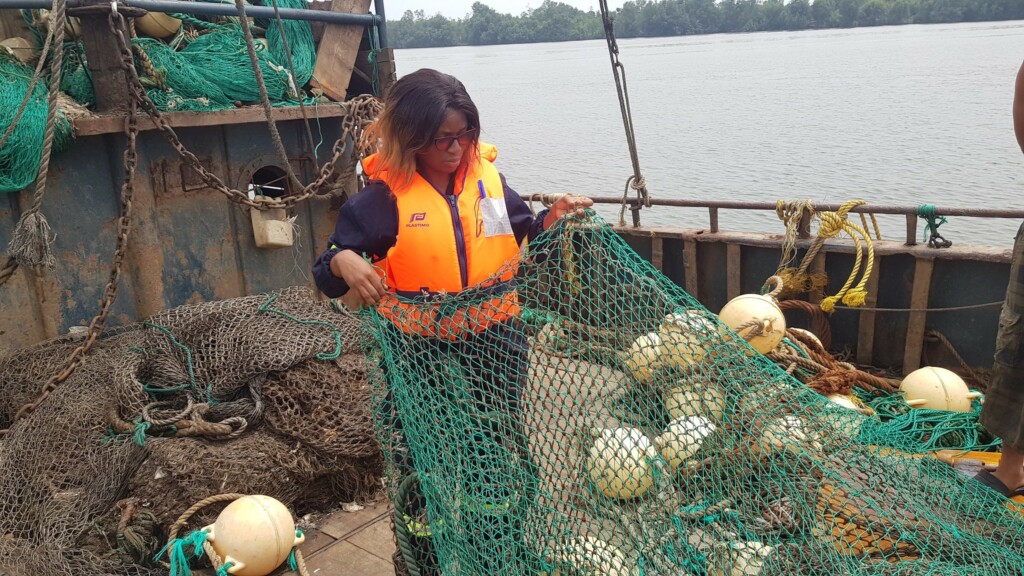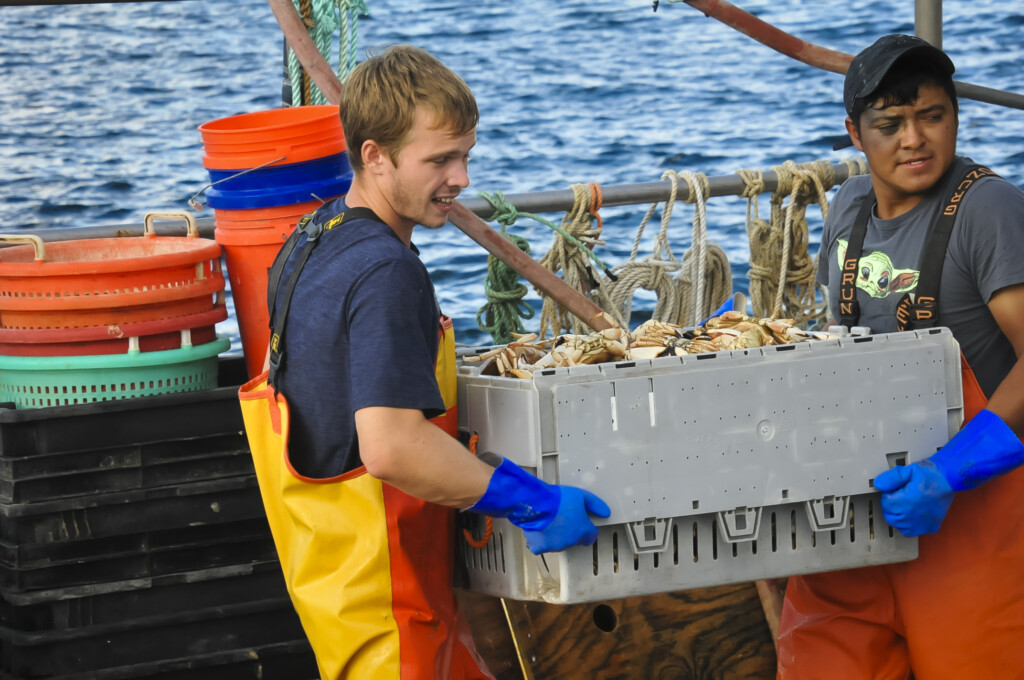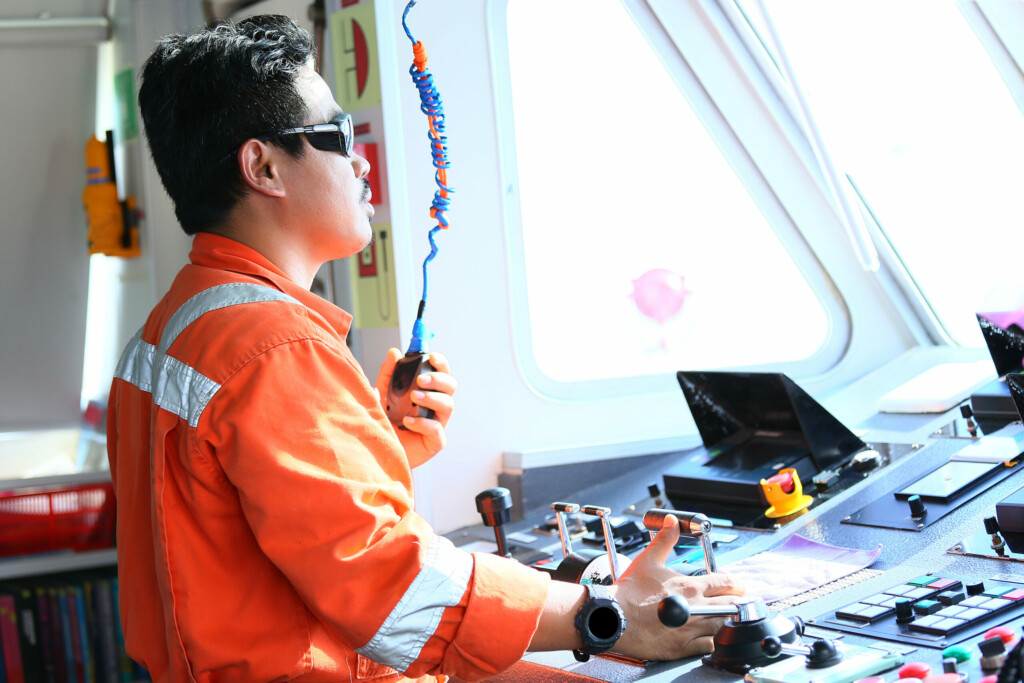At CHIRP our expert teams will follow up on safety concerns or incidents raised in the reports we receive, provided the reporter is happy for us to do so, to help resolve any safety issues and prevent similar incidents from occurring again. Here are a few instances of how we have worked with individuals, companies and industry organisations to achieve positive outcomes.
MARITIME

Unsecured containers
We received a report from an officer on a large container vessel that the material safety of the twist-lock systems that retain 20ft and 40ft containers in place on board was no longer fit for purpose. The same ship had lost several hundred containers overboard in poor weather only a few years previously. This issue had been raised through internal reporting systems without success, as the company appeared to put profit above safety. Following our involvement, approximately 1000 of these systems were replaced, securing the containers onboard.
READ MORE
No safety harness
A concerned bystander sent us a photo of a superyacht crewmember standing at the very edge of the vessel approximately 10m above the concrete jetty, cleaning windows. Unlike the image shown here, they were not wearing a safety harness. Despite our request to the port to intervene, no action was taken, and we thereafter approached the vessel’s Flag State. They intervened, and as a result, the person was brought on board, and thus to safety. The vessel was directed to undertake an audit and the Flag State issued a safety advisory notice to all superyachts within its jurisdiction.
READ MORE


Abandoned fishing vessel
We were contacted by the crew of a fishing vessel that had been abandoned in Ethiopia because the hull and other equipment were failing. We advocated on their behalf via the Flag State and with Port State Control who, through local NGOs, were able to ensure that the crew were provided with provisions and support. We also passed the case on to other organisations to share lessons learned, which resulted in a successful outcome.
READ MORE
Right to basic nutrition
We were made aware of a ship’s crew visiting food banks because they had not been provided with sufficient victuals before embarking on their journey. We contacted the ship operator and the vessel’s Flag State to ensure that adequate nutrition – a staple element of personal safety – was provided to the crew.
READ MORE


Safety to responders
We have worked with the International Maritime Rescue Federation to develop a reporting system that links the national coastguard and rescue organisations at the international level, which will ‘go live’ in the summer of 2024. This will improve the safety at sea for those who respond to maritime emergencies.
READ MORE